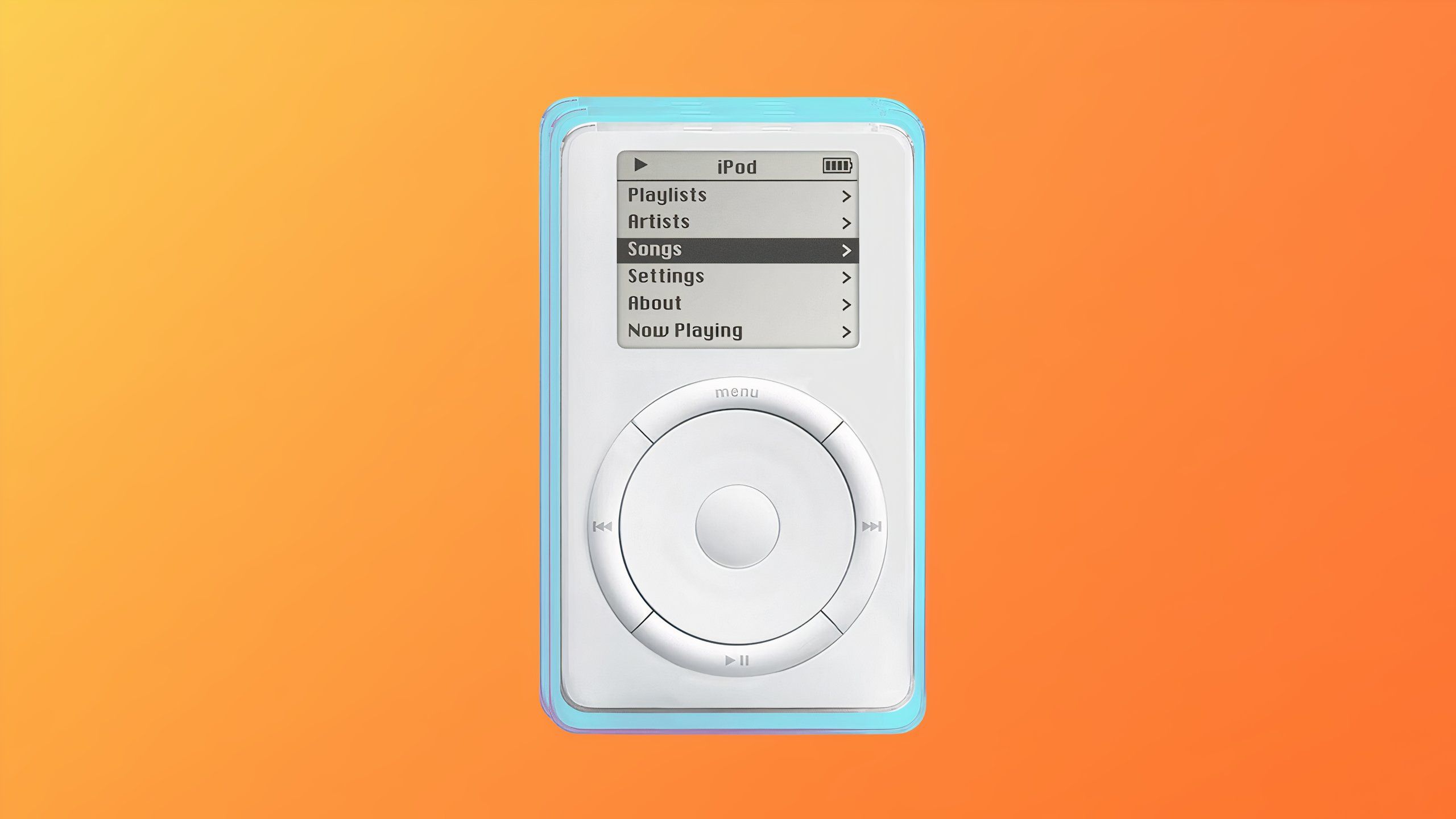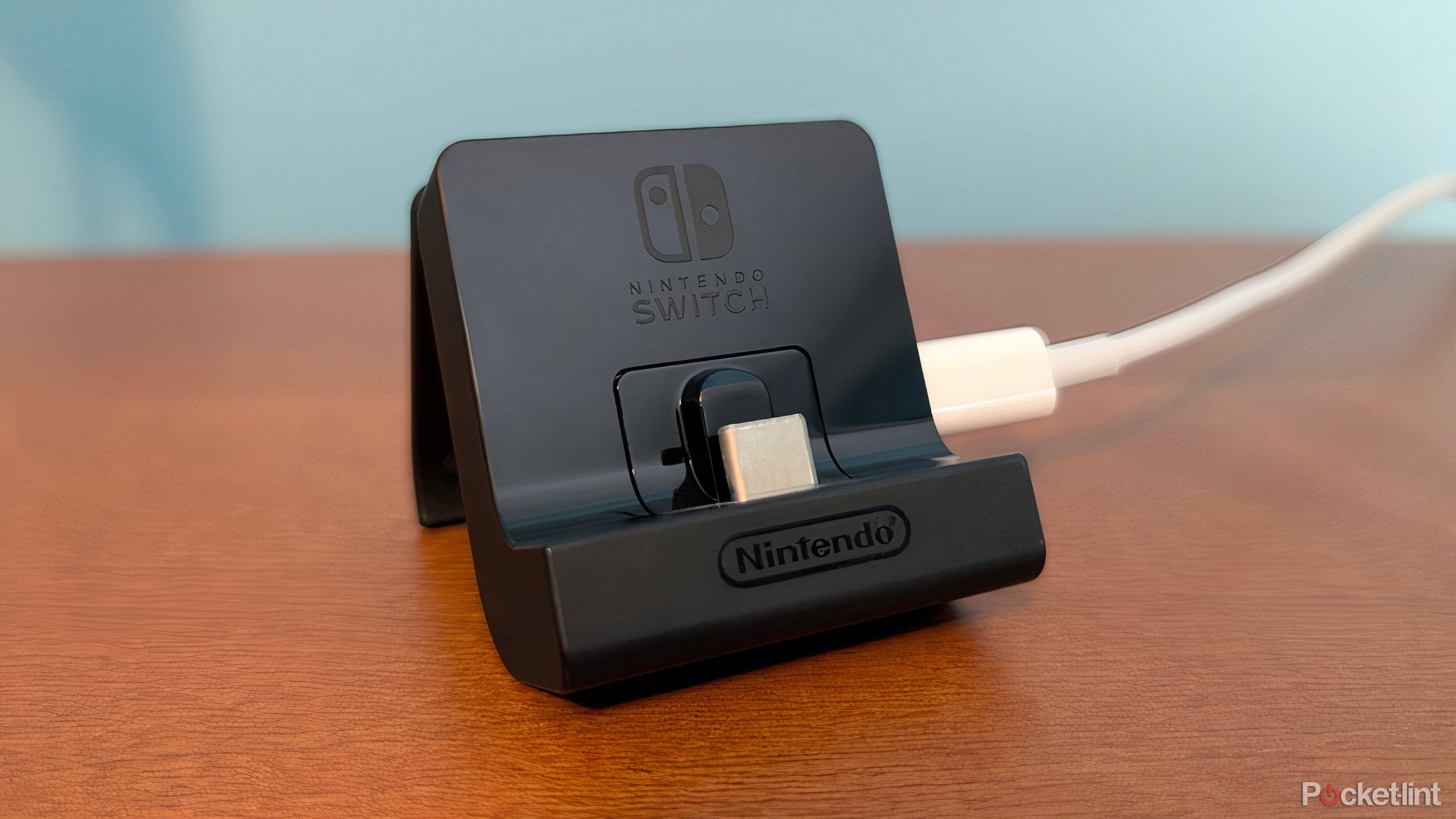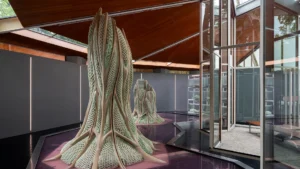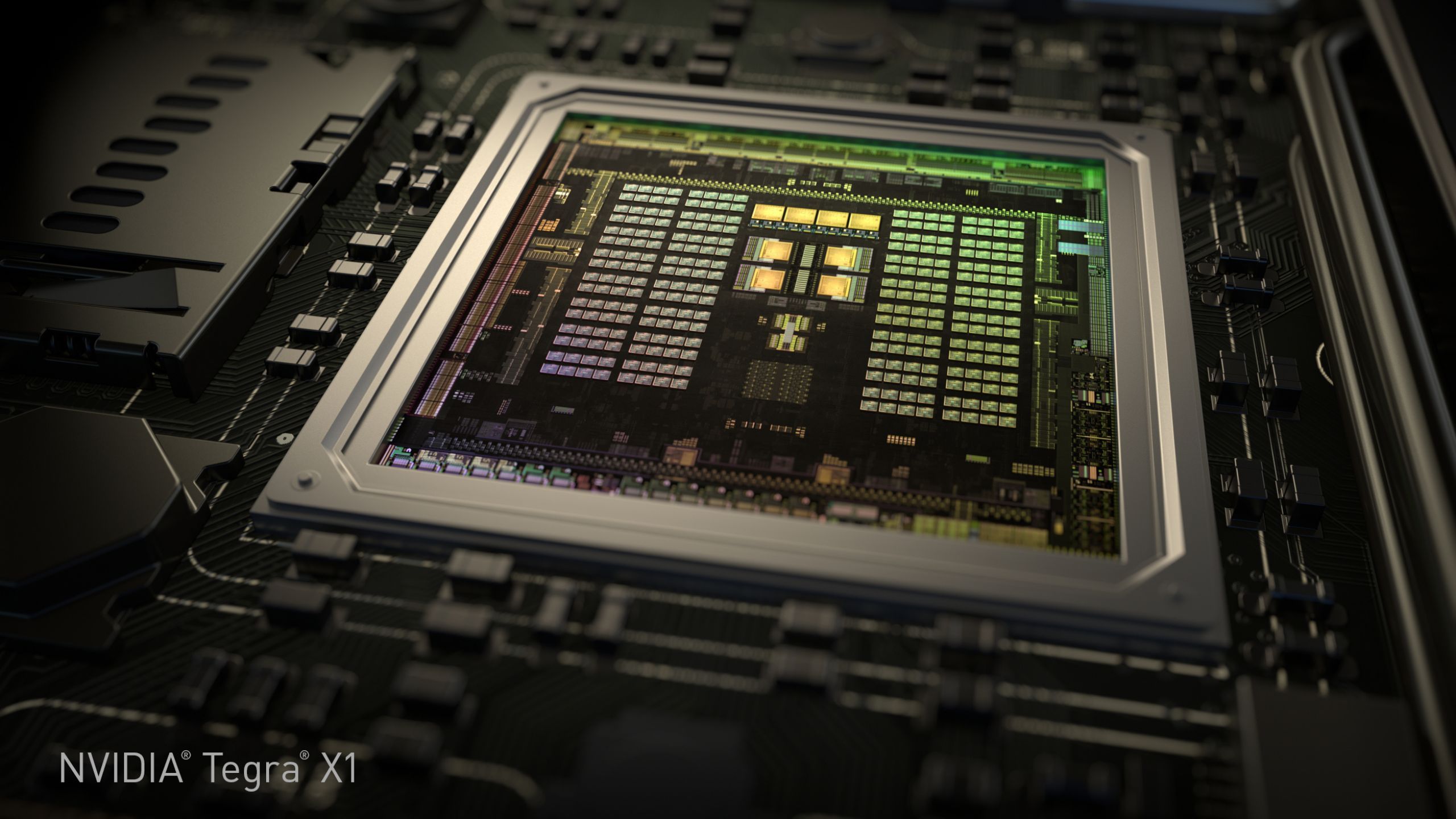Summary
- One X user successfully got Apple’s mobile iOS operating system up and running on a first-generation Nintendo Switch.
- This is quite the feat, considering Apple’s tight-guarded approach to iPhone software.
- The Switch itself isn’t so different from smartphones and tablets, and Android has been unofficially available for the console since 2019.
One X user by the name of PatRyk has managed to do the seemingly impossible, by successfully loading Apple’s iOS operating system onto a first-generation Nintendo Switch. According to the user, the process of grafting the iPhone’s OS onto the Switch gaming console took two entire days, and it required the use of the third-party QEMUAppkeSilicon tool from GitHub.
Dubbing the creation ‘the world’s slowest “iPhone”,’ PatRyk uploaded an image of the iOS home screen running within a medium-sized window on the Switch’s 6.2-inch LCD screen panel. The end result is a Frankensteinian system that takes twenty minutes and beyond to boot up, that crashes upon launching apps, and that kernel panics on a regular basis.
Judging by PatRyk’s social media post, it appears that one of the newer versions of iOS — perhaps iOS 18 — is running on the Switch console, as discerned by the dark and rounded application dock near the bottom of the display. At this time, it’s unclear whether critical system functions like Wi-Fi, Bluetooth, background processing, and more are up and running. The iPhone’s AssistiveTouch button appears to be enabled, signaling that the touch screen itself is in fact responsive.
What makes the creation of this Switch-iPhone hybrid such an impressive feat is that it has been accomplished despite Apple’s closed approach to software design. The Cupertino, California-based tech giant is notoriously adversarial toward any and all third-party tinkering with the iPhone’s operating system, whether it be by way of jailbreaking, or, as in this case, porting the OS onto decidedly non-Apple hardware.

Related
How one dongle dilemma destroyer synced an original iPod to their M4 MacBook
One X user has chronicled his efforts to connect an original 2001 iPod to an all-new M4 MacBook — here’s how it went.
The Nintendo Switch isn’t so different from other mobile devices
Internally, the Switch’s processor is analogous to the ones found on smartphones and tablet computers
Nvidia
On a conceptual level, the ability to run a smartphone operating system on the Nintendo Switch is well within the realm of doability. In order to craft a home gaming console that could be taken anywhere on the go, Nintendo opted to power the original Switch with the Nvidia Tegra X1 mobile processor. The Tegra X1, which was first released in 2015, is ARM-based, which means it uses the same underlying tech found in modern smartphones, tablets, and even MacBooks and some newer Windows PCs. In fact, the Tegra X1’s direct chip predecessors powered devices like the Google Nexus 7 and the original Microsoft Surface in their heyday.
While Apple’s closed-garden approach to software has made it difficult to port something like iOS onto a Nintendo Switch until now, the same can’t be said when it comes to Android. Owing to Android’s open nature, Google’s mobile OS has been unofficially available for the Switch since 2019. Despite a lack of optimizations, the core essentials all function as expected, making the Switch suddenly look and feel a lot like a first-generation Nexus 7 tablet.
On a conceptual level, the ability to run a smartphone operating system on the Nintendo Switch is well within the realm of doability.
Of course, whether we’re talking about iOS, Android, or any other operating system, the ability to run (or partially run) it on a Nintendo Switch is less about practicality and more about proof of concept. The Switch’s native OS is designed to be as optimized for gaming as possible, with minimal background tasks, and many low-level APIs for leveraging the hardware in question.
With the Switch 2 now out in the wild, I imagine it’ll only be a matter of time until Android makes its way onto Nintendo’s latest and greatest Mario Kart machine. I’m less bullish on the ability to get iOS running on the Switch 2, but, hey — if there’s a will, then there’s probably a way.

Related
Why I’m begging Nintendo for a Switch 2 dock with no TV connection
With the Switch 2 now days away from launch, I’m pleading with Nintendo to engineer a simple and affordable charging cradle — one without TV output.










